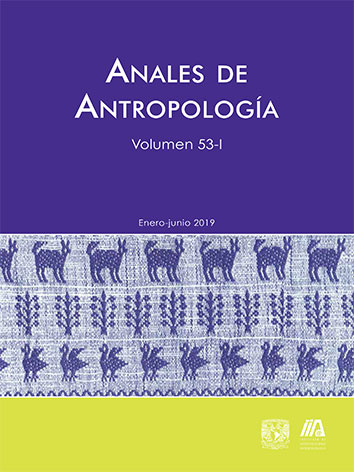The art of combining. The ritual management of different religious horizons in Nahua and Teenek milieux of the Veracruzan Huasteca (Mexico)
Main Article Content
Abstract
Contemporary indigenous healing rites are often characterized as emanating from a ‘religious syncretism’ by the presence in them of religious aspects of different origins. However, although this term comes from an observation of a post-evangelized social and religious reality, it does not contribute to the understanding of the structure of these rites or their meaning for their participants. On the other hand, analyzing the indigenous interlocutors’ own terms of their understandings of their gestures and practices when carrying out the healing rites, allows to integrate the intellectual agency of the actors. Thus, covering from a distinct angle the questions of hybridism or syncretism, the analysis of Nahua and Teenek rites of the Veracruzan Huasteca in Mexico, anchored in a thick ethnographic description, as well as in its historical context, makes it possible to glimpse internal logics around the specific creed underlying these rites.
Downloads
Article Details
Citas en Dimensions Service
Esta revista usa una licencia CC del tipo CC BY-NC-ND 3.0. Se maneja bajo el esquema de acceso abierto, con una licencia Creative Commons Attribution-NonCommercial-NoDerivs 3.0 Unported.
